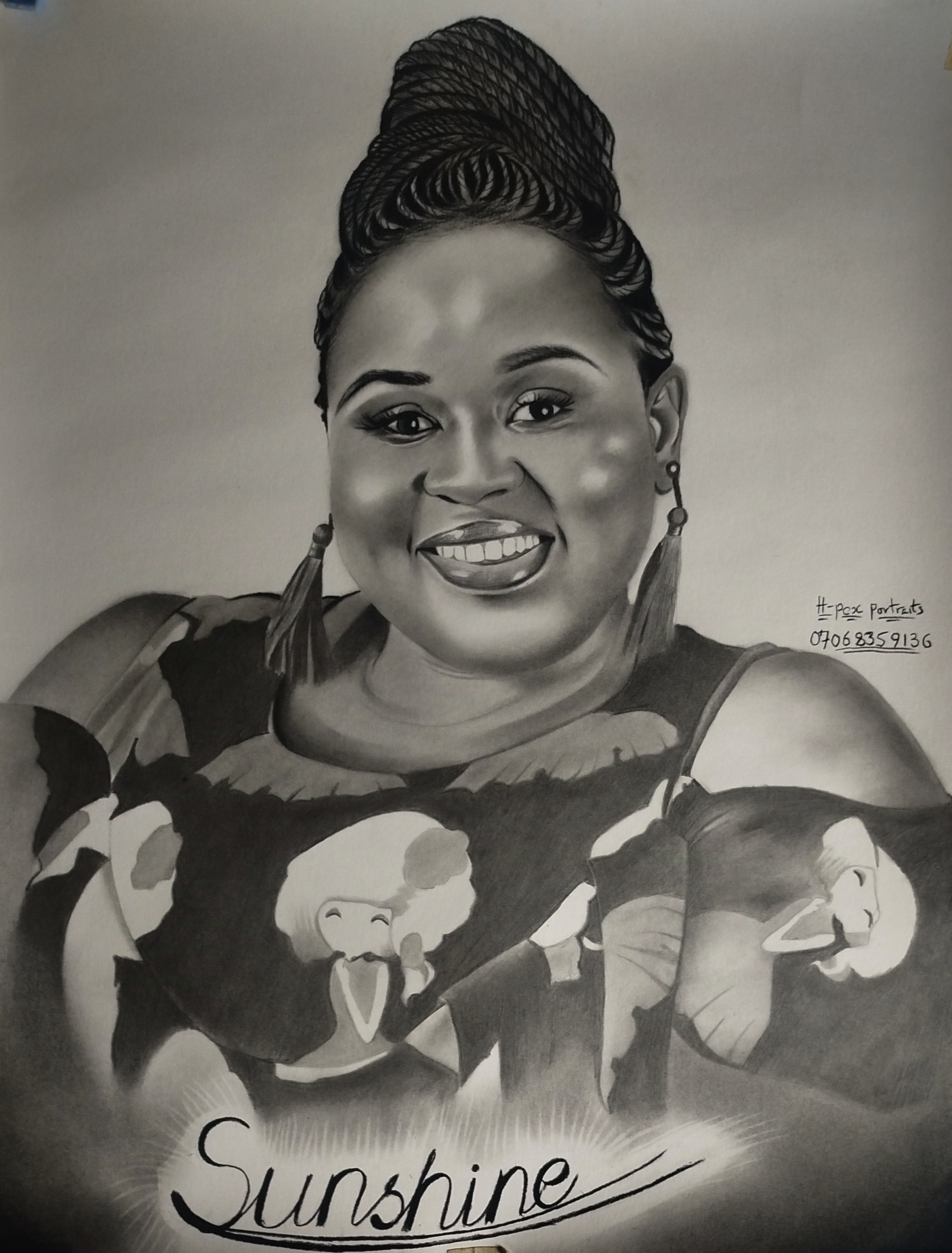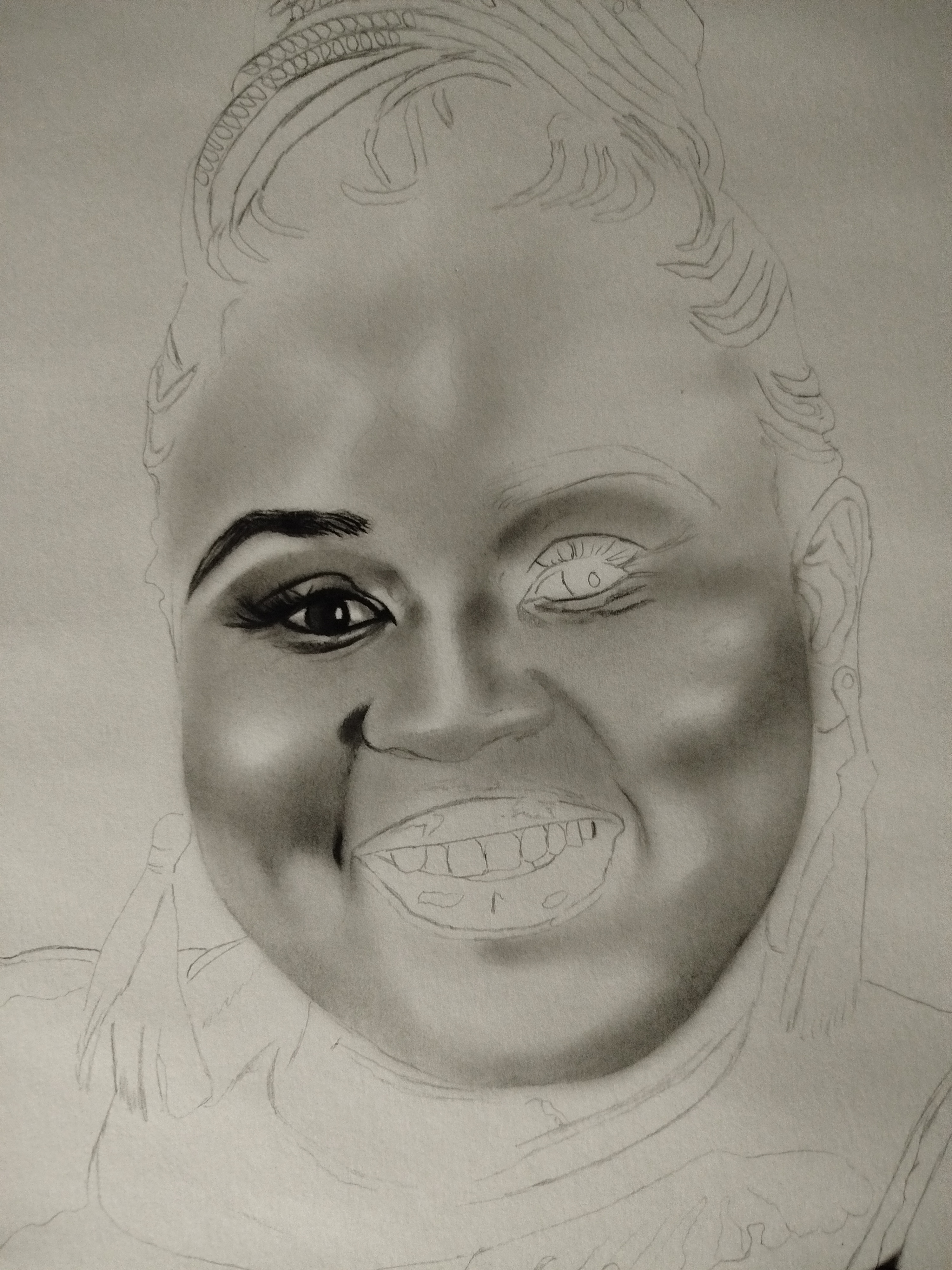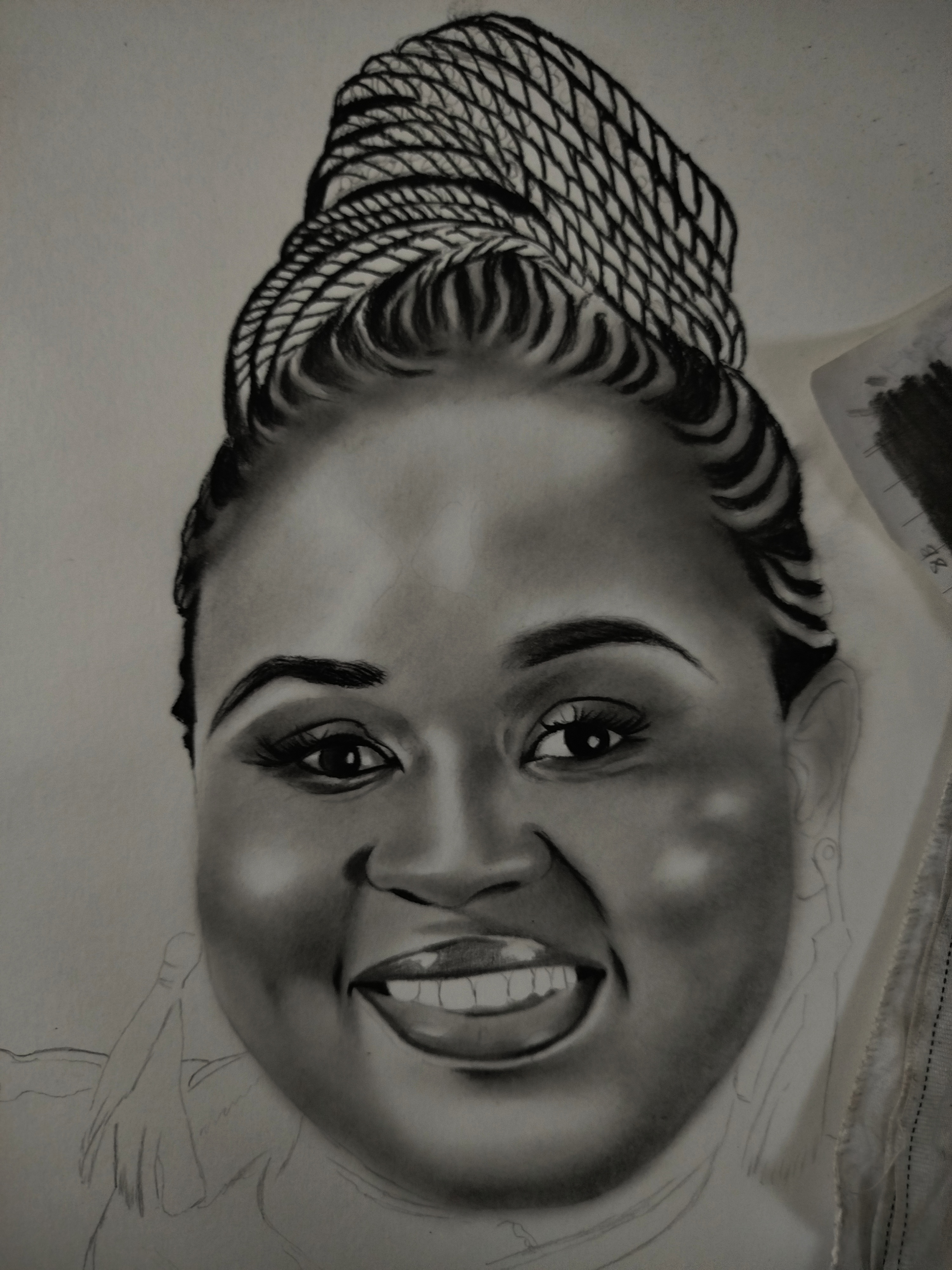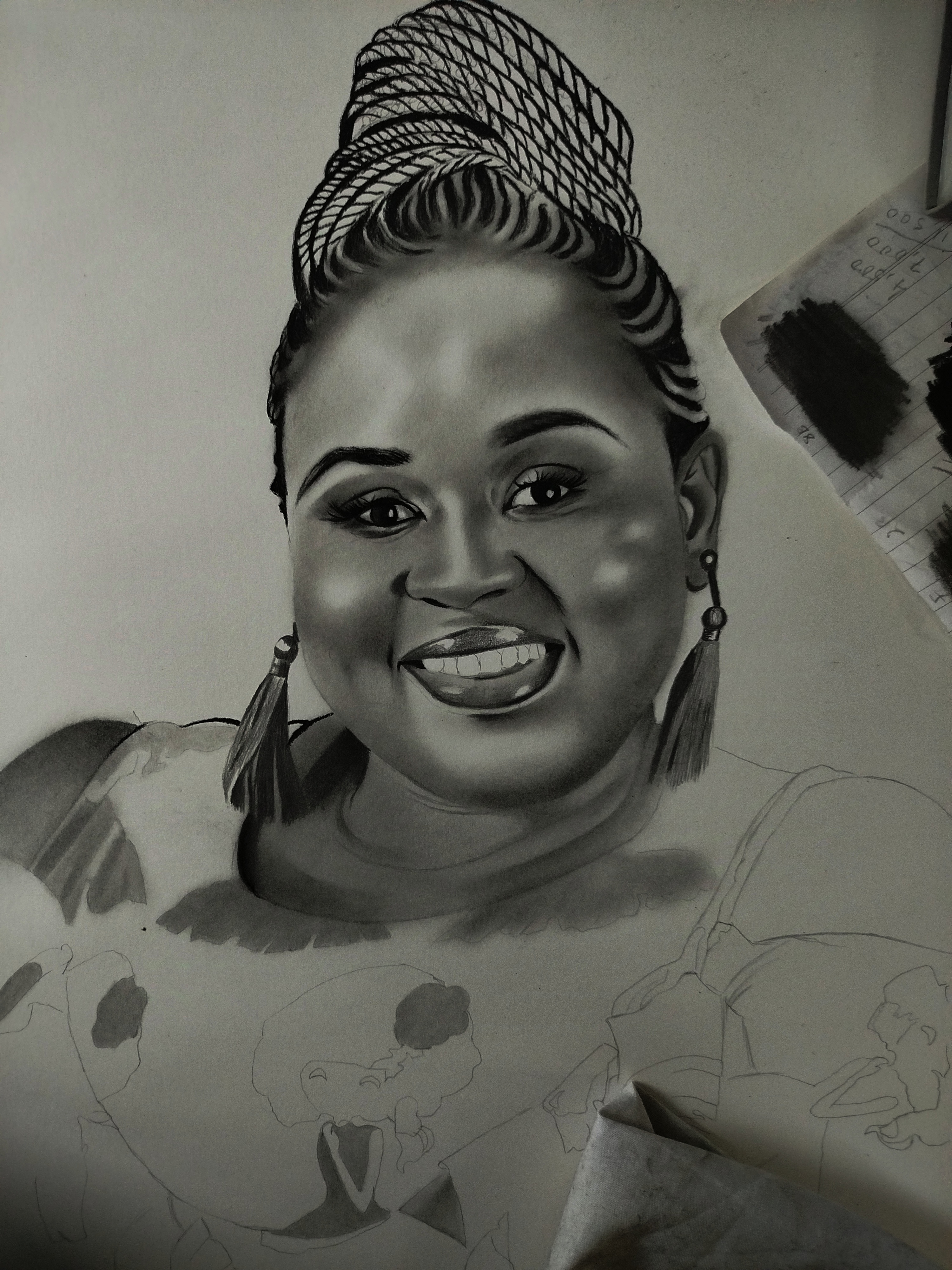How expressive portrait drawing transforms simple lines into living emotion. 38

You’ve probably noticed it. The quiet difference between a drawing that looks accurate and a portrait that makes you stop, feel, and listen. One captures the likeness. The other speaks — with tension, softness, rhythm. It’s in the curve of a cheek, the furrow of a brow, the restless energy of a line that doesn’t sit still. It raises the question: “Why do some portraits feel alive while others remain silent?”
The short answer? Because lines carry language. The long answer? Because drawing isn’t just about form — it’s about expression. And every stroke, whether trembling or sure, whispers something about the life beneath the surface.
For the artist, true mastery isn’t measured in perfect proportions. It’s measured in the ability to let a line breathe, bend, and break — until it speaks with human emotion.
The Story Beneath the Strokes
For centuries, portraiture was about possession — a likeness captured to prove status, lineage, or power. Kings and queens demanded accuracy, a mirror of their reign. But something has shifted. Today, the most resonant portraits are not those that look like photographs. They are the ones that move us. A sketch of only a few lines can feel more alive than a perfectly polished rendering.
Why? Because accuracy is static. It shows what is. Expression is dynamic. It reveals what’s felt, what’s hidden, what’s human. The artist understands that real portraiture is not a copy of the face, but a translation of the soul.
💡 What this means: - A portrait doesn’t need every detail — it needs the right ones. - Lines aren’t just outlines — they are gestures of energy, rhythm, and presence. - The power of a portrait isn’t in how it looks, but in how it makes us feel.
It’s not about showing everything. It’s about choosing the right things — and letting the lines tell the rest of the story.
The Themes That Shine Through
Look closer, and expressive portraiture reveals deeper truths about human connection. Each stroke becomes a thread, woven into the larger tapestry of emotion and meaning. Certain themes always return:
- ✏️ Simplicity as power — The fewer the lines, the stronger the voice they carry.
- 👁️ Emotion over perfection — Feeling outweighs flawless likeness.
- ⏳ Movement within stillness — Energy captured in gestures, not just features.
- 🎭 The unseen self — Portraits that hint at the inner life, not just the outer face.
- 🌌 Universality through intimacy — The more personal the line, the more widely it resonates.
These elements turn portrait drawing into something deeper than representation. It becomes interpretation — less a record, more a revelation.
Why It Resonates Today
We live in an age saturated with images. Phones capture every detail, filters smooth every face, AI can replicate likenesses at will. Accuracy is abundant. But expression? That remains rare. That’s why expressive portraits stand out. They are not competing in the crowded space of resemblance — they are retreating into the rarified space of interpretation.
🛡️ Think about it this way: - Anyone can snap a high-resolution photo. Not everyone can capture the weight of silence in someone’s eyes. - Anyone can trace a perfect outline. Not everyone can let a crooked line feel like truth. - Anyone can draw features. Not everyone can draw presence.
Expression in portraiture isn’t about perfection. It’s about opening a door into a story that only lines could ever tell.
The Psychology Behind Expression
This isn’t just about technique. It speaks to something deeper in us. Once likeness is achieved, what remains? Significance. Emotion. Connection. The human desire to be seen not just as we look, but as we are felt. Artists crave what accuracy alone cannot give: the ability to make the invisible visible, to make a line tremble with humanity.
Expressive portraiture creates identity. It signals not just “this is who they are,” but “this is how they feel to be.” It transforms drawing from depiction into conversation — one that lingers long after the page is turned.
How to Apply This Lesson



You don’t need to be a master to bring expression into your portraits. You can begin with mindset and practice today. Here’s how:
- ✅ Loosen your lines — let them wobble, break, and flow with energy.
- ✅ Focus on gesture — capture the spirit before the detail.
- ✅ Draw what you feel, not just what you see — let emotion guide the hand.
- ✅ Simplify — fewer marks, stronger meaning.
- ✅ Ask yourself: Does this portrait look alive, or does it just look alike?
Final Thought: The Quiet Voice of Lines
The silent power of portrait drawing lies not in perfection, but in presence. It’s not about rendering every eyelash — it’s about letting the line carry weight, rhythm, and breath. It’s not about owning every technique — it’s about accessing the part of yourself that sees beyond the surface.
Because in the end, likeness fades, but expression endures. Accuracy ages, but emotion evolves. And artists know the quiet truth: the most powerful portraits are not those that look real, but those that feel alive.
✨ For more reflections on art, creativity, and the language of lines, visit mkpatu.com — where art isn’t just explained, it’s explored.
Was this post helpful?
Comments (0)
No comments yet. Be the first to comment!
Leave a Comment
You Might Also Like

How to Use AI Voice Tools to Create Viral Audio Memes
The ultimate guide to remixing pop culture, politics, and punchlines using AI vo...

Family Offices: What They Are and Why the Rich Use Them
Beyond Wealth Management — Inside the Private World of Generational Power
Why Do Women Add Weight After Giving Birth?
Postpartum weight gain isn’t just about food — it’s about hormones, healing, and...

From Chat to Cash: How to Monetize Your WhatsApp in 2025
Turn everyday conversations into consistent income streams using the power of tr...

The Silent Power of Exclusivity: Why the World’s Elite Thriv...
How the world’s most powerful redefine luxury by choosing access, influence, and...









